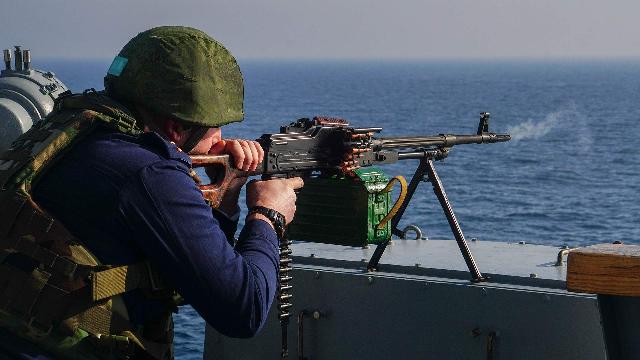Also, the fighters of these units are practicing actions to defend the coast.
In the BARS detachments, where the reserve for the army is being prepared, they began to train in the fight against unmanned boats and small-sized watercraft. Also, the fighters of these units practice actions to defend the coast and destroy the amphibious assault forces of a potential enemy. Experts note that fighters trained to fight back are needed in all coastal regions of the country.
Marine Reserve
Classes on combating tanks and small-sized high-speed watercraft are conducted as part of a combat training course on countering threats from offshore areas and coastal defense. In particular, the BARS-39 detachment from Kaliningrad (stands for the country's Military Army Reserve) has already conducted exercises at the training grounds of the Baltic Fleet, where such tasks were practiced, sources in the Russian Defense Ministry told Izvestia.
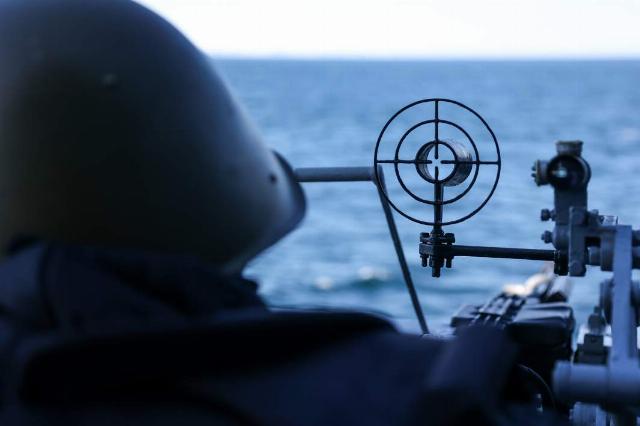
Photo: RIA Novosti/Pavel Lvov
Image source: iz.ru
When working out the actions, all standard weapons systems, including artillery, were involved, the interlocutors of the publication noted.
Izvestia reference
The BARS units were created to train and train reservists for the Russian Army. They are formed on a voluntary basis. At first, the LEOPARDS were provided with small arms, 82- and 120-millimeter mortars, anti-tank missile systems (ATGMs), heavy machine guns and automatic grenade launchers. The units then received heavier weapons systems, including artillery, armored vehicles, and drones.
More than three dozen LEOPARD units took part in the SVO, which proved themselves well during the battles in Ukraine.
The innovation is especially relevant for volunteer reserve units in the primorsky regions, military expert Dmitry Boltenkov told Izvestia.
"The appearance of a leopard that could fight against amphibious landings and tanks in the Kaliningrad region is an important step," the expert believes. — This region is an exclave, it has no land borders with the main territory of Russia, as well as with friendly Belarus. It borders Poland and Lithuania, which are members of NATO and treat our country extremely unfriendly. The Kaliningrad Region is now under strong pressure from other countries that are members of the North Atlantic Alliance. Therefore, we need to be prepared for any provocations there.
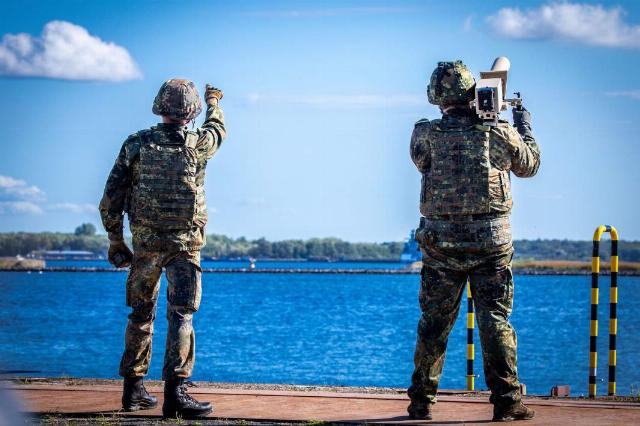
NATO soldiers during exercises in the Baltic Sea
Image source: Photo: Global Look Press/Jens Büttner
Training reservists to repel attacks by tanks or amphibious assault is also necessary in other coastal regions of Russia, the expert noted.
— For example, the Kola Peninsula has a large coastline, where our naval bases are located, and it also requires protection, - said Dmitry Boltenkov. — Trained reserve teams, ready to strengthen the protection of ports, important facilities or sections of the coast on command, will be very useful there. The same can be said about the area of responsibility of our other fleets and the Caspian Flotilla.
In case of a complication of the situation, the LEOPARD units are the third line of defense, said military expert Captain of the first rank Vasily Dandykin.
"The army and Navy will be the first to take the blow, followed by the units of the Russian Guard, which received heavy equipment, thereby seriously expanding their combat capabilities," he explained. — Trained leopard fighters will be useful in conducting operations of various scales. They will be able to strengthen the existing protection of a particular coastal facility, protecting it from back impacts. They will also help in the fight against small amphibious units or saboteurs — this is how our fighter detachments operated in 1941.
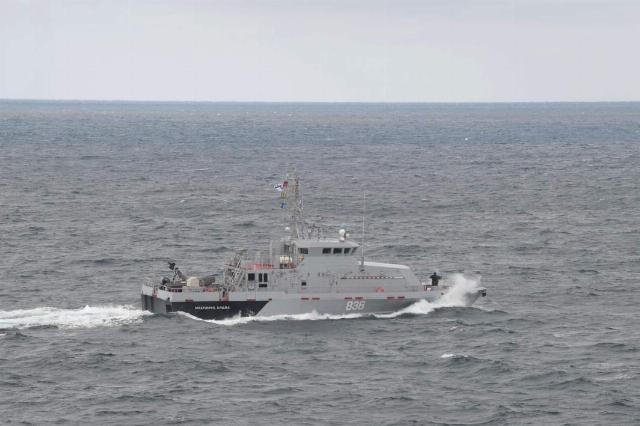
Anti-sabotage boat "Grachonok"
Image source: Photo: Global Look Press/Kremlin Pool
The LEOPARD UAV units will be especially effective in combating unmanned boats and small—sized fast watercraft - they are already operating in the border regions of the country, the expert noted.
"In Crimea, volunteer detachments are already repelling the blows of enemy tanks," he noted. — Drones of various designs are used to search for unmanned boats and destroy them. Recent events have shown that Lancets, as well as a number of other drones, are particularly effective in fighting the enemy — their accuracy and warhead power make it possible to destroy the backup.
The units of the Navy, Army and leopard drones in the Crimea have already proved their effectiveness in combating enemy tanks, experts say. Their commanders and personnel can transfer their experience to reservists from other coastal regions, they believe.
Drones at gunpoint
The Russian Navy is now paying close attention to the fight against naval drones. Izvestia wrote that anti-ship protection control points are being set up at naval bases. They will be used to control the repulse of attacks by air and sea drones. Twin ZU-23-2 anti-aircraft guns have already been installed along the perimeter of individual naval bases to destroy UAVs and backups. Recently, the Navy's surface forces have been practicing their skills in combating unmanned boats and drones.
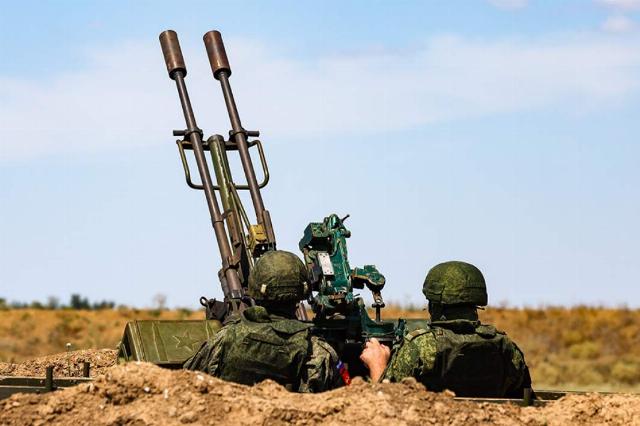
ZU-23-2 anti-aircraft gun
Image source: Photo: TASS/Alexey Konovalov
In addition, the Russian Navy has created search and assault groups responsible for protecting ship bases from the air. Izvestia wrote that they patrol military and strategically important facilities in helicopters. The groups consist of sailors and officers of detachments of anti-sabotage forces and means. Each of them has two machine gunners and one safety officer. They are armed with 7.62-caliber machine guns. The experience of the SVO has shown that such weapons are enough to destroy or at least immobilize the BACK. The groups operate on Ka-27, Ka-29 and Mi-8 helicopters.
During the exercises, the soldiers practice helicopter shooting skills from hovering and moving towards sea targets. Moreover, the shooting is conducted on surface boats that simulate real unmanned boats performing complex maneuvers.
Bogdan Stepovoy
